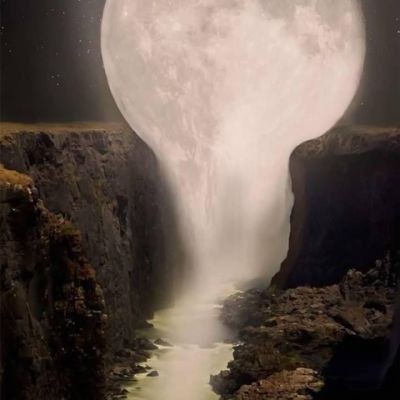Why the US photographed its own WWII concentration camps
Dorothea Lange’s photos of the incarceration of Japanese Americans went largely unseen for decades.
Subscribe and turn on notifications 🔔 so you don't miss any videos: http://goo.gl/0bsAjO
US President Franklin D. Roosevelt passed Executive Order 9066 in February 1942 — two months after Japan’s bombing of the US Navy base at Pearl Harbor. It empowered the US army to designate strategic “military areas” from which any and all people deemed a threat could be forcibly removed. This began a process of placing 120,000 Japanese Americans in concentration camps during World War II.
To control the narrative around the removal, the government created a new department, the War Relocation Authority, and hired photographers to document the process. One of those photographers was Dorothea Lange, who had become famous during the 1930s for her Great Depression photographs for the Farm Security Administration.
Her images featured Japanese-American people in the weeks, days, and hours leading up to their incarceration in the camps, and captured expressions of dignity, resolve, and fear.
Most of Lange’s candid photos of the removal process weren’t approved for publication by the War Relocation Authority and were “impounded” for the duration of the war. They weren’t seen again widely until 1972, when her former assistant pulled them from the National Archives for a museum exhibit about the incarceration of Japanese Americans, called Executive Order 9066.
The photos became part of a redress movement for Japanese Americans in the 1970s and 1980s, which ultimately resulted in the Civil Liberties Act of 1988, a bill that approved reparations for survivors of the camps.
Darkroom is a history and photography series that anchors each episode around a single image. Analyzing what the photo shows (or doesn't show) provides context that helps unravel a wider story. Watch previous episodes here: https://www.youtube.com/playli....st?list=PLJ8cMiYb3G5
Further reading:
Dorothea Lange’s WRA photos at the University of California:
https://calisphere.org/collections/24123/?q=&sort=a&rq=dorothea%20lange
Dorothea Lange’s WRA photos at the US National Archives:
https://catalog.archives.gov/search?q=%22lange%22&f.ancestorNaIds=536000&rows=100
Satsuki Ina’s award-winning documentary, “From a Silk Cocoon”:
https://www.fromasilkcocoon.com/
I interviewed Elena Tajima Creef for this story as well, check out her book “Imaging Japanese America”:
https://nyupress.org/978081471....6229/imaging-japanes
The Densho Encyclopedia, a rich resource for researching this topic:
https://encyclopedia.densho.org/
Densho’s terminology guide for talking about the incarceration of Japanese Americans during WWII:
https://densho.org/terminology/
More information about language and semantics from NPR, specifically about the choice to refer to the camps as “concentration camps” instead of “internment camps:” https://www.npr.org/sections/p....ubliceditor/2012/02/
Linda Gordon and Gary Okihiro’s book about Lange’s WRA photos, “Impounded”:
https://wwnorton.com/books/9780393330908
Ansel Adams’s WRA-approved 1944 book of photos from the Manzanar camp, “Born Free and Equal”:
https://www.loc.gov/pictures/c....ollection/manz/book.
Vox.com is a news website that helps you cut through the noise and understand what's really driving the events in the headlines. Check out http://www.vox.com.
Watch our full video catalog: http://goo.gl/IZONyE
Follow Vox on Facebook: http://goo.gl/U2g06o
Or Twitter: http://goo.gl/XFrZ5H



